Guide to tissue culture plants
Introduction
Aquarium enthusiasts are increasingly turning to tissue culture plants as a superior option for stocking their tanks. These plants offer a clean, disease-free start, reducing the risk of introducing pests and pathogens into the aquarium environment. With the growing popularity of aquascaping, the demand for diverse, healthy plant options has never been higher, making tissue culture plants an attractive choice for both beginners and experienced aquarists alike.
Understanding the similarities between tissue culture plants and in-vitro plants is essential for aquarists looking to diversify their aquarium with high-quality flora. Both terms often refer to the same cultivation process, where plants are grown in a controlled, sterile environment from a small sample of the original plant. This method ensures that each specimen is free from diseases and pests, providing a robust start for aquarium life. The distinction, largely semantic, does not detract from the fact that these plants represent the pinnacle of cleanliness and health in aquarium cultivation. By choosing tissue culture or in-vitro plants, aquarists can be confident in adding vibrant, resilient plants to their aquatic ecosystems, bolstering the beauty and biodiversity of their tanks.
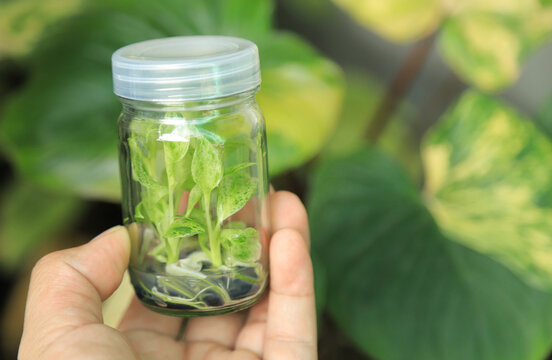
What are Tissue Culture Plants?
At its core, what is a tissue culture plant? This technique involves growing plants in a sterile, nutrient-rich medium under controlled conditions, resulting in highly vigorous and disease-free specimens. Tissue culture of plants allows for the mass production of identical plants, known as clones, from a single parent plant. This method not only ensures the health and purity of the plants but also contributes to the conservation of rare or endangered species.
Adding to the understanding of tissue culture plants, it's insightful to consider their broad application across both aquatic and terrestrial gardening. In the context of aquariums, these plants are particularly valued for their cleanliness and uniformity, which greatly simplify the design and maintenance of planted tanks. The process of growing plants in a sterile medium effectively eliminates common aquarium pests like snails and algae, making tissue culture plants an ideal choice for aquarists seeking to maintain pristine aquatic environments. This seamless integration of science and horticulture underscores the transformative potential of tissue culture technology in enhancing the diversity and sustainability of plant life in aquariums.
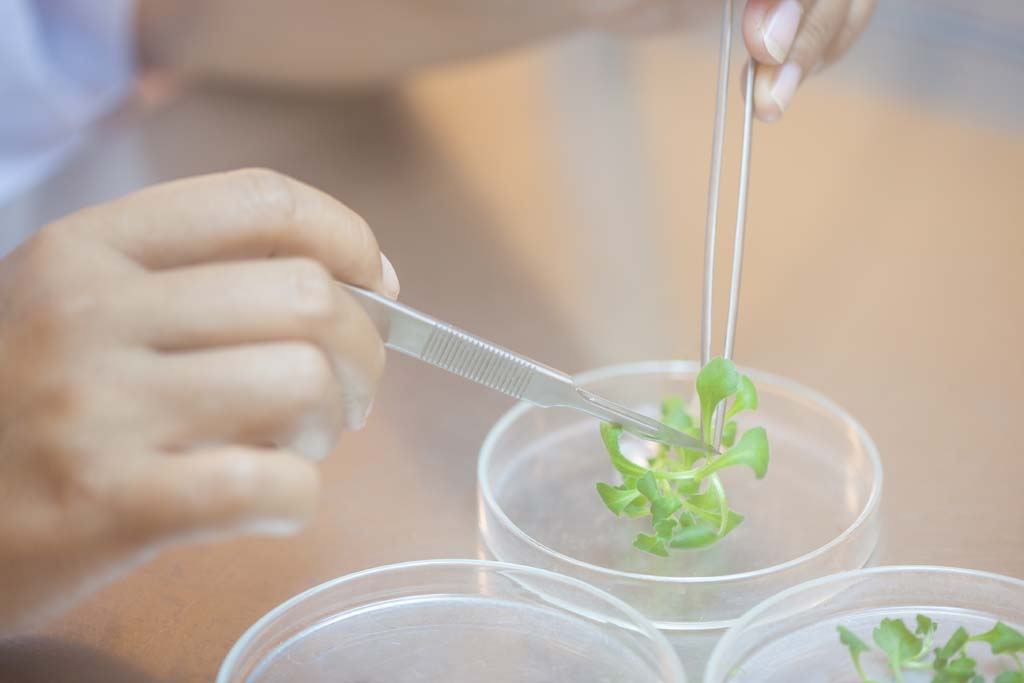
Starting with Tissue Culture Plants
Understanding how to acclimate tissue culture plants to an aquarium setting is crucial for their success and longevity. This process involves gradually introducing the plants to the water parameters and lighting conditions of their new home, minimizing the shock of transition from the lab to the aquarium. Proper acclimation ensures these plants adapt well to their environment, maintaining their health and vigor.
Once acclimated, the next step is learning how to plant tissue culture aquarium plants effectively. This involves carefully preparing the aquarium substrate, choosing the right location within the tank, and ensuring the plants have access to adequate light and nutrients. Correct planting techniques are essential for promoting robust growth and development, allowing these plants to become established and flourish in their new aquatic home.
The Science Behind Tissue Culture
Tissue culture of plants is a fascinating process that leverages advanced scientific techniques to propagate plants in a controlled, disease-free environment. This method involves growing plants from tissues or cells in a nutrient-rich medium under sterile conditions. The result is a rapid production of uniform plants that are genetically identical to the original specimen, offering aquarists high-quality options for their tanks.
The benefits of tissue culture plants go beyond their disease and pest-free start. These plants are often more adaptable and resilient, capable of thriving under various conditions within the aquarium. Their introduction into the aquarium trade has provided hobbyists with the opportunity to experiment with a wider range of plant species, enhancing the biodiversity and aesthetic appeal of their aquatic ecosystems.
Acclimatising Tissue Culture Plants
Successfully acclimatising plant tissue culture specimens to their new aquarium environment is pivotal for their growth and development. This phase ensures the plant tissue adapts from the sterile environment of the culture media to the dynamic conditions of an aquarium. It's crucial to introduce plant tissue culture plants gradually, allowing them to adjust to water parameters and lighting to prevent shock.
The process involves carefully rinsing the plant tissue culture media from the plant material, followed by a period of observation for any signs of stress. During this time, the culture's development is monitored closely to ensure successful plant propagation. Acclimatisation techniques vary, but the goal remains the same: to transition plant tissue culture plants into a thriving part of the aquatic ecosystem.
Substrate and Soil Requirements
The right substrate plays a critical role in the plant tissue culture process, especially once plants are introduced into an aquarium. For optimal growth, the substrate must mimic the plant tissue culture media in nutrient composition, supporting the plant material as it adapts. This clean environment is essential for encouraging healthy root development and growth.
Selecting a substrate that complements the specific needs of your plant tissue culture is as vital as the initial culture media used in the plant propagation process. The transition from a sterile environment to the aquarium's substrate requires careful consideration of the plant material's needs, ensuring the continued growth and health of the culture.
Lighting Needs for Optimal Growth
Plant tissue culture demands specific lighting conditions to promote growth and development after transitioning from the culture media. The intensity and duration of light exposure directly impact the plant tissue's ability to adapt and thrive in its new setting. Proper lighting encourages plant propagation by simulating the natural conditions the plant material would experience in the wild.
Adapting lighting conditions to meet the needs of plant tissue culture can involve the use of specialized equipmentdesigned to deliver a spectrum of light conducive to plant growth. This equipment must be carefully calibrated to ensure it supports the culture without overwhelming the plant material, facilitating a smooth transition from plant tissue culture media to aquarium life.
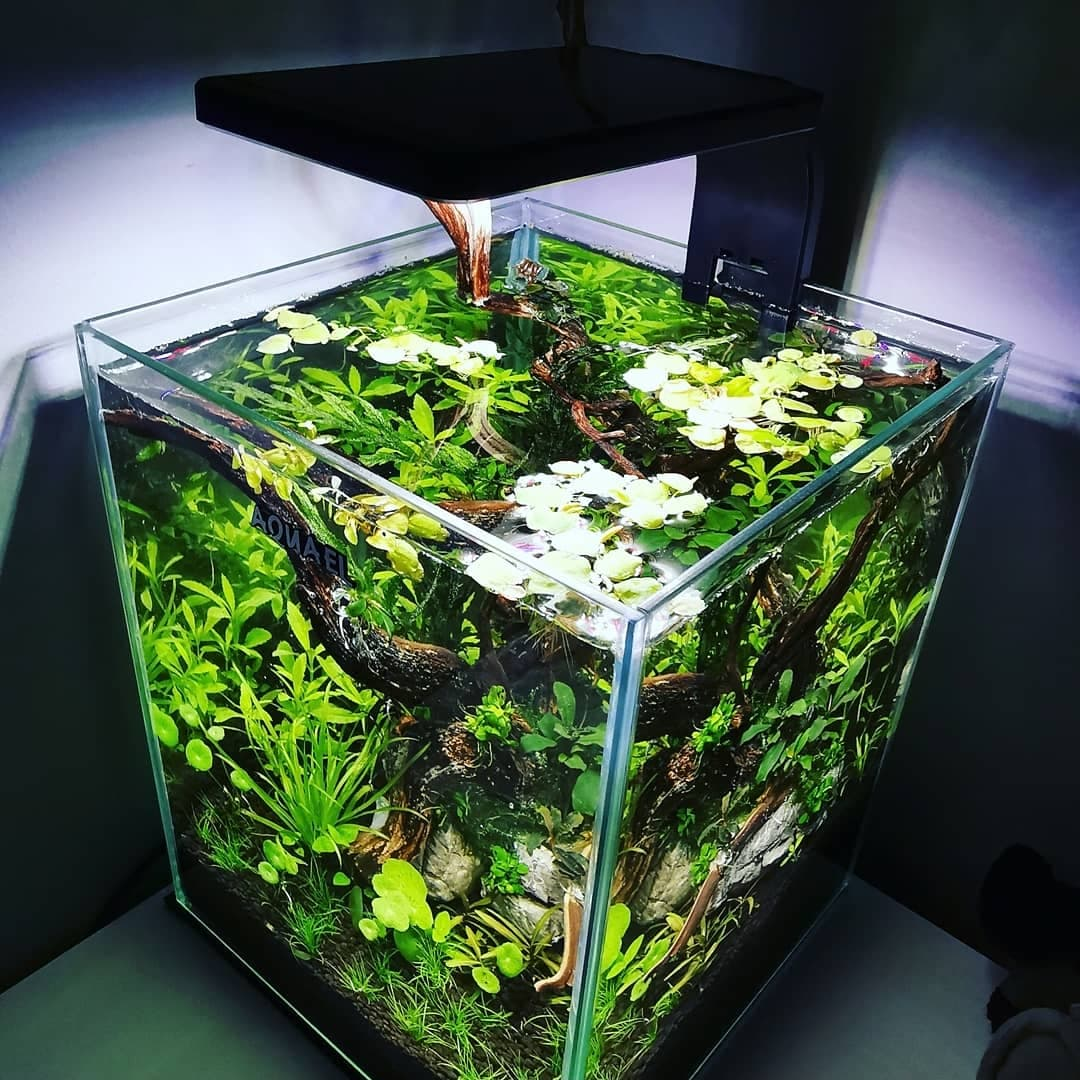
Nutrient and Fertilisation Guidelines
Understanding the nutritional needs is critical for plant tissue culture after transitioning from plant tissue culture media to the aquarium. The meticulously formulated culture media provides an ideal start by supplying all necessary nutrients for plant tissue growth. However, once in the aquarium, these plant tissue cultures face a new challenge: adapting to a different source of nutrients. This adaptation is crucial for their development and overall health, influencing the success of plant propagation in a new environment.
Aquarists must navigate this shift by applying growth regulators and nutrients that mirror those found in plant tissue culture media. This doesn't just support the plant material; it encourages a smoother transition and adaptation process. The goal is to recreate, as closely as possible, the nutrient-rich conditions of the culture media, promoting healthy growth and development within the culture. Utilizing insights from tissue culture experiments, aquarists can fine-tune their fertilization strategies to meet the specific needs of their plant tissue cultures, ensuring that these aquatic plants flourish in their new homes.
CO2 Supplementation
The role of CO2 in the aquatic garden, especially for plant tissue culture, cannot be overstated. In the sterile plant tissue culture media, plant material gets accustomed to an environment rich in growth regulators and essential nutrients, including carbon sources for photosynthesis. Transitioning to an aquarium means adapting to natural growthconditions, where CO2 supplementation can significantly boost plant development. Effective plant propagation in the aquarium milieu often hinges on replicating the culture conditions as closely as possible, including CO2 levels that encourage plant tissue to thrive.
Implementing a CO2 supplementation system requires precision. Too little CO2 can stifle plant growth, while too much can endanger the aquarium's inhabitants. It's a delicate balance, mirroring the precision needed in plant tissue culture media preparation. The equipment used must allow for careful adjustment and monitoring of CO2 levels, ensuring they align with the needs of the plant tissue culture. This approach, inspired by the controlled conditions of tissue culture experiments, is pivotal in fostering an environment where plant tissue cultures can adapt, grow, and become a vibrant part of the aquatic ecosystem.
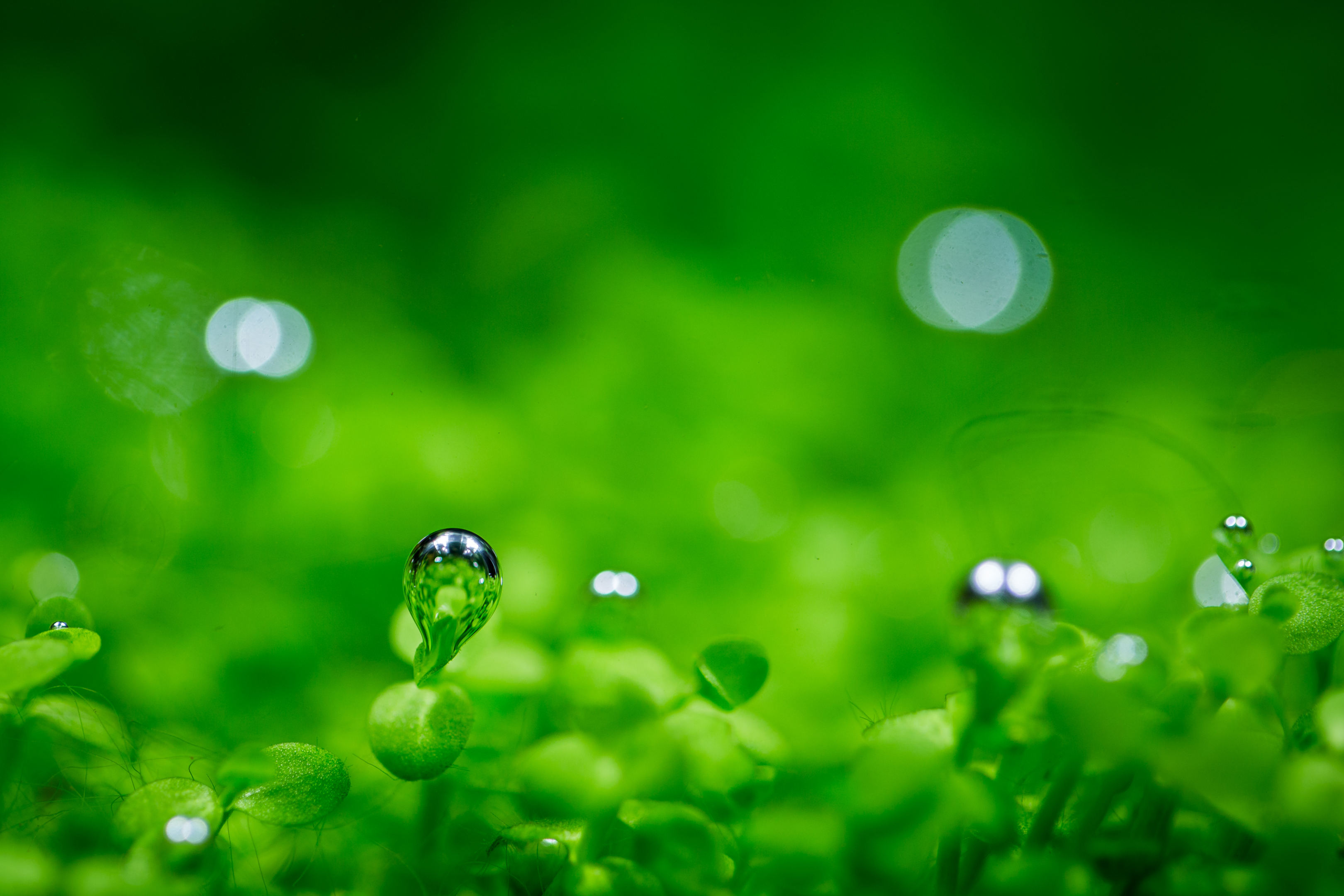
Water Conditions and Maintenance
Maintaining optimal water conditions is paramount for the successful integration and growth of plant tissue culturewithin aquariums. The transition from the plant tissue culture media to the aquarium environment poses a unique set of challenges for plant material, primarily due to the variations in water parameters that can affect plant growth and development. Regular monitoring and adjustments ensure that the water chemistry supports the culture, mimicking the plant tissue culture media's conditions as closely as possible.
Consistent aquarium maintenance is also crucial in providing a stable environment for plant tissue cultures. This includes routine cleaning and water changes to remove excess nutrients that may encourage unwanted algae growth, competing with the plant tissue for resources. Additionally, maintaining equipment in good working order ensures that filtration and CO2 systems contribute effectively to the culture's overall health. Such diligence in maintenance mimics the clean environment of tissue culture experiments, fostering ideal conditions for plant propagation.
Pruning and Propagation
Pruning plays a vital role in the health and aesthetics of plant tissue culture in aquariums. Regular trimming not only helps maintain the desired shape and size of plant tissue but also encourages new growth, keeping the plants vibrant and lively. This technique can stimulate plant propagation, allowing aquarists to expand their culture or rejuvenate older specimens. Effective pruning mimics the selective removal of plant material in tissue culture experiments, which is often done to promote healthier growth and development.
Propagation of plant tissue culture offers a rewarding opportunity to expand the aquatic garden with genetically identical plants. Utilizing plant material from pruning, aquarists can apply techniques learned from tissue culture experiments to create new cultures. This not only enhances the diversity of the aquarium but also allows for the sharing of plant tissue cultures with others in the hobby. Understanding the growth regulators and conditions that facilitated the initial culture is key to successful propagation, ensuring the continued health and expansion of the aquarium's plant tissue culture collection.
Dealing with Common Issues
Navigating the common issues that arise with plant tissue culture in aquariums is a crucial aspect of ensuring the long-term health and vibrancy of these plants. One frequent challenge is adapting the plant material from the sterile environment of the culture media to the dynamic conditions of an aquarium, which can sometimes lead to stress or disease. Implementing quarantine practices for new additions and closely monitoring plant growth and developmentcan help identify and address problems early.
Another common issue is the occurrence of algae competition, which can significantly hinder the growth of plant tissue cultures. Algae thrive on excess nutrients and light, conditions that can also benefit plant tissue but need to be carefully balanced. Utilizing tissue culture experiments as a guide, aquarists can adjust culture conditions to minimize algae growth, such as optimizing light exposure and maintaining proper nutrient levels. Regular cleaning and water changes are also effective techniques for keeping the aquarium environment conducive to plant growth rather than algae.
Advanced Techniques in Tissue Culture
Exploring advanced techniques in plant tissue culture can offer aquarists new ways to enhance their aquarium's plant propagation and growth. These methods extend beyond basic culture media preparation and plant materialhandling, delving into the manipulation of plant hormones and growth regulators to achieve specific developmentoutcomes. Such experiments can lead to faster growth, increased resilience, or unique plant characteristics that are highly prized in aquascaping.
Incorporating equipment designed for precision in plant tissue culture, like specialized lighting systems or automated nutrient and CO2 dosing devices, can significantly improve the efficiency and success of these advanced cultures. This equipment allows for a more controlled replication of the sterile environment and conditions found in laboratory tissue culture experiments, providing optimal growth and development conditions within the home aquarium. By embracing these advanced techniques, aquarists can push the boundaries of what's possible in aquatic gardening, creating lush, vibrant underwater landscapes that captivate and inspire.
Tissue Culture Plants and Aquascaping
Incorporating plant tissue culture into aquascaping designs opens up a world of creative possibilities for aquarium enthusiasts. These plants offer unmatched uniformity and health, allowing for intricate and detailed aquascapes that can mimic natural habitats or create fantastical underwater landscapes. The versatility of plant tissue culture means aquarists can plan their layouts with precision, knowing that each plant will contribute as expected to the overall design.
Aquascaping with tissue culture plants not only enhances the aesthetic appeal of aquariums but also promotes a healthy ecosystem. These plants undergo rigorous tissue culture experiments to ensure they are free from pests and diseases, which can lead to a cleaner and more stable environment for all tank inhabitants. By leveraging the benefits of plant tissue culture, aquarists can achieve dynamic and thriving aquatic gardens that are as healthy as they are beautiful.
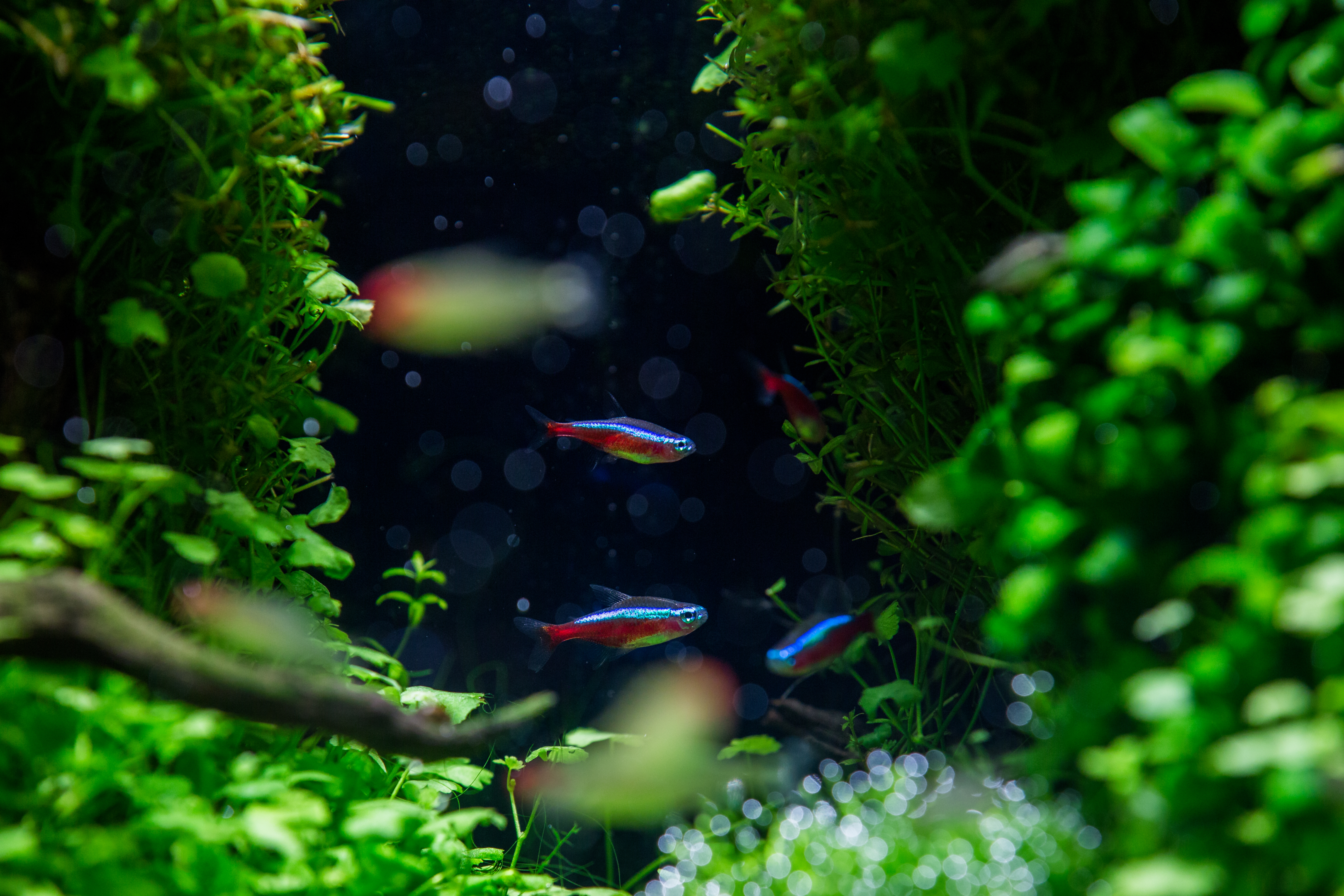
Conclusion
The journey into plant tissue culture in aquariums is an exciting venture that combines the art of aquascaping with the science of plant propagation. This guide has explored the foundational aspects of working with tissue culture plants, from understanding the basic principles and setup requirements to advanced cultivation techniques and design integration. The key to success lies in meticulous care, from selecting the right culture media to maintaining optimal growth conditions within the tank.
As the popularity of plant tissue culture continues to grow among aquarium hobbyists, so too does the opportunity for innovation and creativity in aquatic gardening. Whether you are a seasoned aquarist or new to the hobby, the world of tissue culture plants offers a rewarding path to developing lush, vibrant underwater ecosystems. Embrace the challenges and let your aquatic garden flourish, knowing that the effort you put into mastering these techniques will be reflected in the health and beauty of your aquarium.



